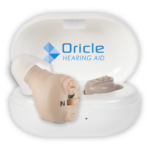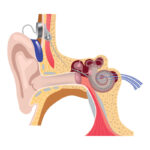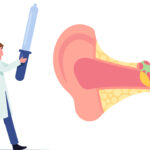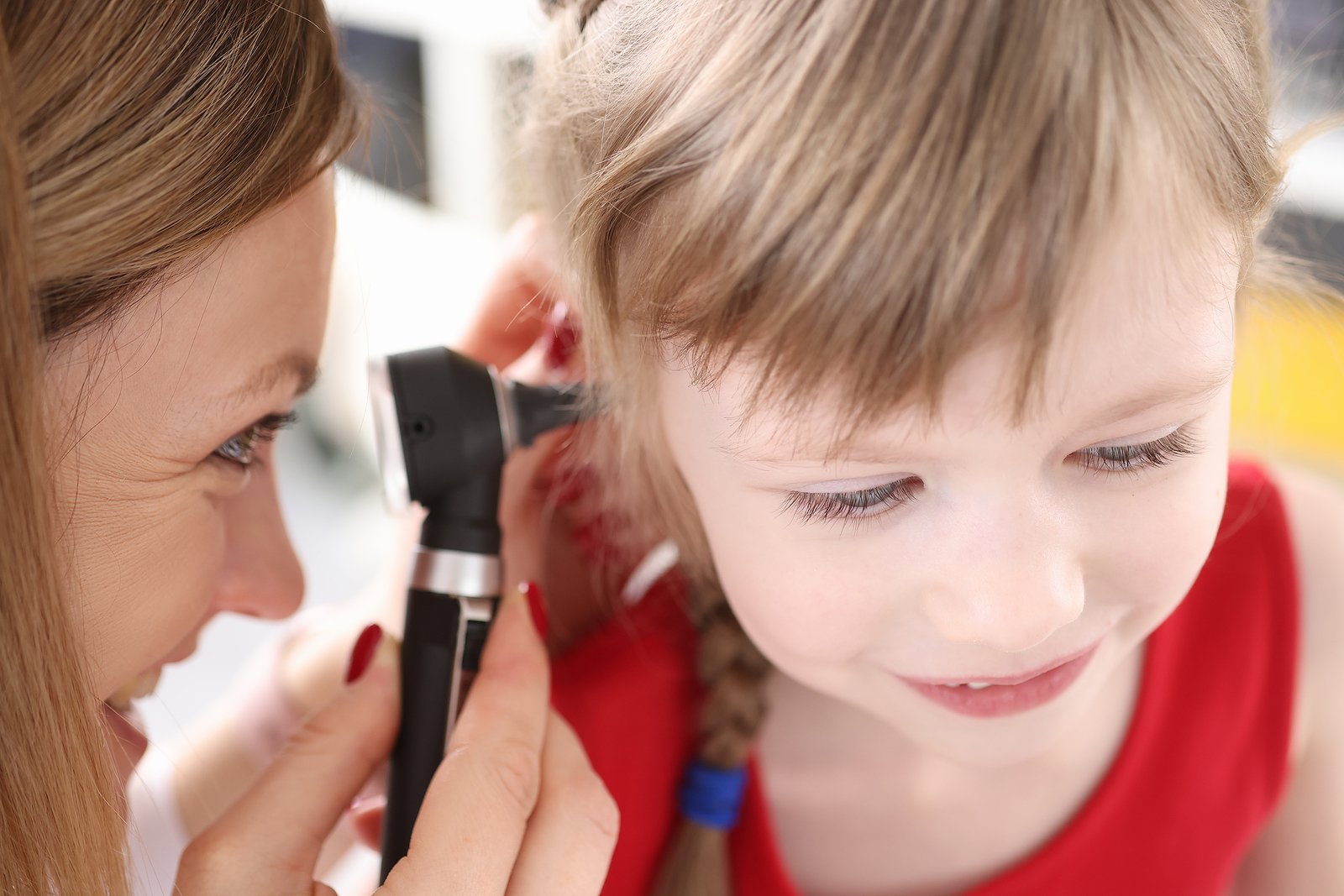Exploring the Depths of Conduction Deafness: A Comprehensive Guide to Understanding
Hearing loss can significantly impact one's quality of life, communication abilities, and social interactions. There are various types of hearing loss, and conduction deafness is one of them. In this article, we will discuss what conduction deafness is, its causes, symptoms, and treatment options. We will also address some of the frequently asked questions about this hearing condition.
What is Conduction Deafness?
Conduction deafness is a type of hearing loss that affects the ability of the outer and middle ear to transmit sound waves to the inner ear. It is caused by a variety of conditions that can affect the ear canal, eardrum, or the small bones (ossicles) that transmit sound from the eardrum to the inner ear. Some common causes of conduction deafness include ear infections, fluid buildup in the middle ear, a perforated eardrum, or a blockage in the ear canal.
In some cases, conduction deafness can be temporary and may resolve on its own once the underlying condition is treated. However, in other cases, it may be permanent and require medical intervention, such as hearing aids or surgery. The severity of conduction deafness can vary depending on the underlying cause and may range from mild to severe.
Individuals with conduction deafness may experience difficulty hearing soft or high-pitched sounds, as well as difficulty understanding speech, particularly in noisy environments. They may also experience a feeling of fullness or pressure in the affected ear, as well as tinnitus (ringing or buzzing in the ear).
Causes of Conduction Deafness:
There are various causes of conduction deafness, including:
- Ear infections: Infections of the outer or middle ear can cause swelling and inflammation, leading to a blockage in the ear canal or the Eustachian tube.
- Blockage: Blockages in the ear canal due to earwax buildup, foreign objects, or tumors can prevent sound waves from reaching the inner ear.
- Damage to the eardrum: Injuries to the eardrum, such as a perforation, can disrupt the conduction of sound waves.
- Malformation of the outer or middle ear: Some people are born with a malformed outer or middle ear, which can lead to conduction deafness.
- Otosclerosis: This condition involves abnormal bone growth in the middle ear, which can interfere with the conduction of sound waves.
Symptoms of Conduction Deafness:
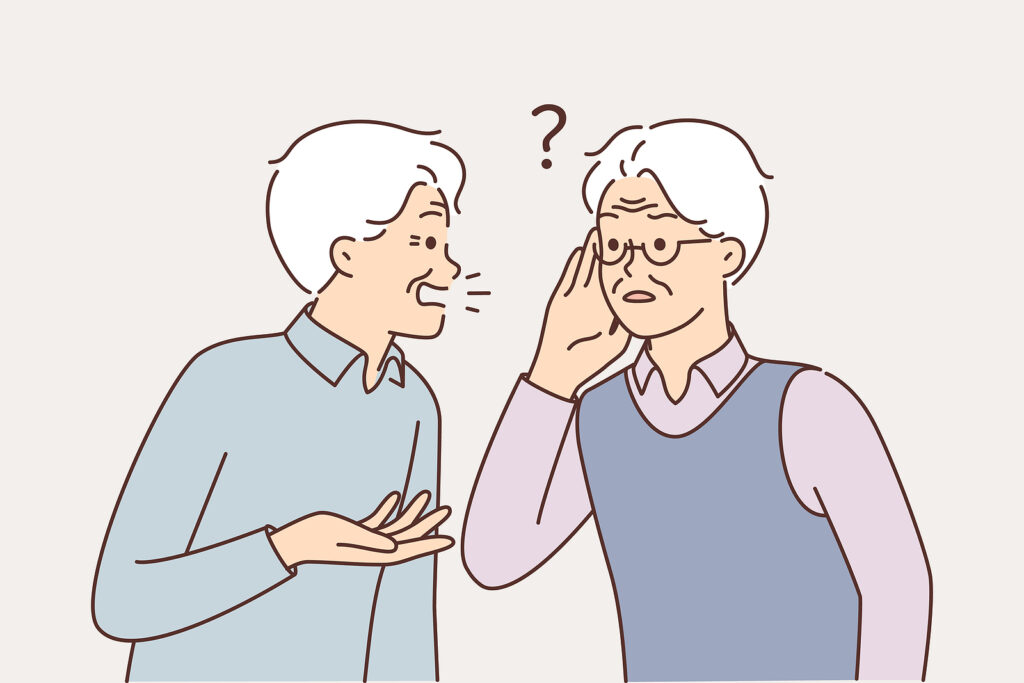
Conduction deafness is a type of hearing loss that occurs when sound waves cannot travel efficiently from the outer ear to the inner ear. The following are the symptoms of conduction deafness:
- Difficulty hearing faint or distant sounds: People with conduction deafness may have difficulty hearing sounds that are far away or not very loud. This is because the sound waves are not being carried effectively to the inner ear.
- Muffled or distorted hearing: Sounds may appear muffled or distorted, as if you are hearing them through a wall or underwater. This occurs because the sound waves are not being transmitted correctly to the inner ear.
- Ear pain or pressure: Some people with conduction deafness may experience pain or pressure in their ears due to blockages or infections in the middle ear.
- Ringing in the ears: Tinnitus, or ringing in the ears, is a common symptom of conduction deafness. It may be temporary or persistent.
- Difficulty understanding speech: People with conduction deafness may have trouble understanding speech, especially in noisy environments. This is because the sound waves are not being transmitted effectively to the inner ear, where they are processed and interpreted.
- Feeling of fullness or blockage in the ear: People with conduction deafness may experience a sensation of fullness or blockage in their ears as if they have something stuck inside.
If you are experiencing any of these symptoms, it is important to see an audiologist or ENT specialist for a proper diagnosis and treatment plan.
Diagnosis of Conduction Deafness:
In case you are encountering any indications of conduction deafness, it is crucial to seek the assistance of an audiologist or an ear, nose, and throat (ENT) specialist to receive a proper diagnosis.
The diagnostic process will usually involve a comprehensive hearing test, which can determine the extent and type of your hearing loss. During the hearing examination, you will likely wear headphones and listen to various sounds played at different frequencies and volumes.
This will enable the audiologist or ENT specialist to assess the degree and nature of your hearing impairment accurately. The assessment may also involve additional diagnostic tests, such as a tympanometry test to assess the condition of the middle ear or a tuning fork test to evaluate the functioning of the inner ear.
Once a conclusive diagnosis is reached, appropriate treatment options can be explored to manage your conduction deafness effectively.
Treatment Options for Conduction Deafness:
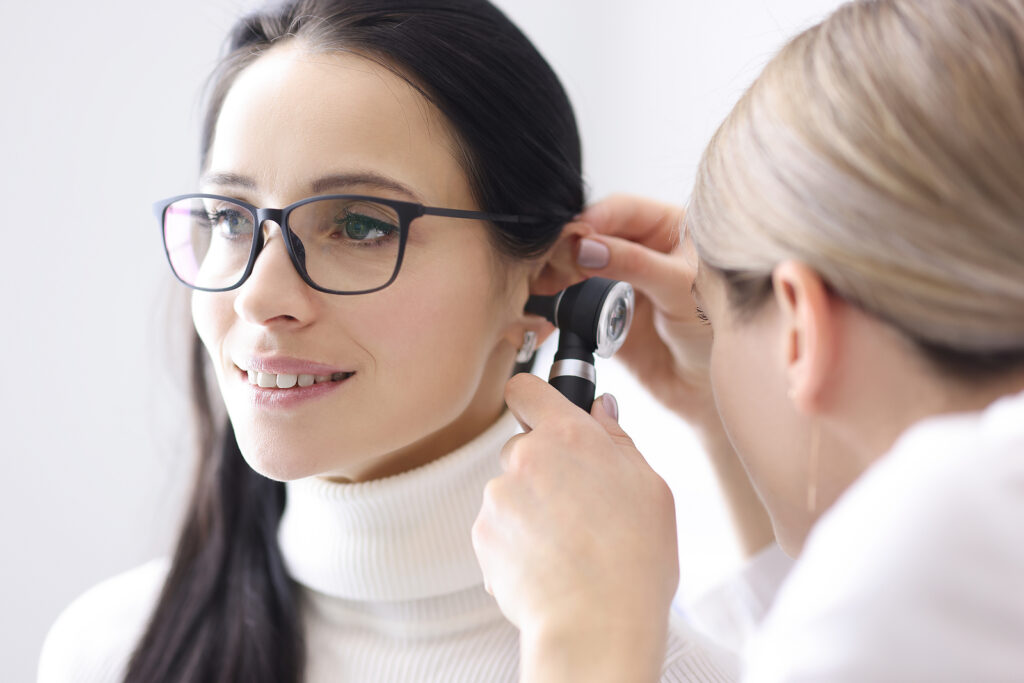
The treatment for conduction deafness depends on the underlying cause of the hearing loss. Some common treatment options include:
- Earwax removal: If the hearing loss is due to earwax buildup, the audiologist or ENT specialist can remove the earwax using a special tool or by flushing it out with warm water.
- Antibiotics: If the hearing loss is due to an ear infection, the doctor may prescribe antibiotics to treat the infection.
- Surgery: In some cases, surgery may be necessary to remove a tumor, repair a perforated eardrum, or correct a malformation of the outer or middle ear.
- Hearing aids: If the hearing loss is permanent, hearing aids can be helpful. They amplify sound and transmit it to the inner ear through the bones of the skull.
- Bone conduction devices: These devices use a vibrating transducer placed behind the ear to transmit sound directly to the inner ear through the bones of the skull.
Frequently Asked Questions:
Q: Can conduction deafness be prevented?
A: Some causes of conduction deafness, such as ear infections, can be prevented by practicing good ear hygiene and avoiding exposure to loud noises
Q: How can I protect my ears from damage?
A: You can protect your ears from damage by wearing earplugs or earmuffs in loud environments, avoiding prolonged exposure to loud noises, and seeking prompt treatment for ear infections or other ear problems.
Q: Can conduction deafness be cured?
A: The treatment for conduction deafness depends on the underlying cause. In some cases, the hearing loss can be reversed or improved with treatment, such as antibiotics or surgery. However, in other cases, the hearing loss may be permanent, and the goal of treatment is to manage the symptoms and improve communication abilities.
Q: How can I communicate better with someone who has conduction deafness?
A: If you are communicating with someone who has conduction deafness, it's essential to speak clearly and face them directly. You can also use gestures and facial expressions to convey your message. If necessary, you can also use a pen and paper or a smartphone app to communicate.
Q: Are there any support groups or resources for people with conduction deafness?
A: Yes, there are many support groups and resources available for people with hearing loss, including conduction deafness. Some of these resources include the Hearing Loss Association of America, the American Tinnitus Association, and the National Association of the Deaf.
Conclusion
Conduction deafness is a type of hearing loss caused by a problem in the conduction of sound waves through the outer or middle ear. It can be temporary or permanent, and it can significantly impact one's quality of life, communication abilities, and social interactions. It's essential to see an audiologist or ENT specialist for a diagnosis and to explore treatment options that are best suited for the underlying cause of the hearing loss. By understanding the causes, symptoms, and treatment options for conducting deafness, we can improve our communication abilities and maintain our overall health and well-being.
Sources:
- American Speech-Language-Hearing Association. (n.d.). Conduction Hearing Loss. Retrieved from https://www.asha.org/public/hearing/Conductive-Hearing-Loss/
- American Academy of Otolaryngology-Head and Neck Surgery. (n.d.). Conductive Hearing Loss. Retrieved from https://www.enthealth.org/conditions/conductive-hearing-loss/
- Cleveland Clinic. (2021, March 25). Conductive Hearing Loss. Retrieved from https://my.clevelandclinic.org/health/diseases/15221-conductive-hearing-loss


